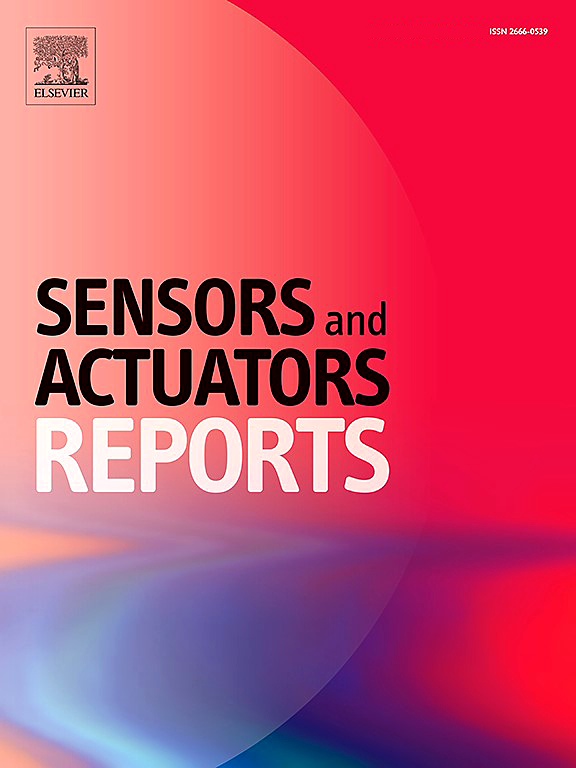Elsevier Journal Publishes New Article from CBM² Labs

The Elsevier Journal, Sensors and Actuators Reports, has published a new article from members of CBM² working out of labs at the University of Kansas, Louisiana State University, and the University of North Carolina at Chapel Hill. The article, titled "Single-capsid identification of full and empty status of recombinant adeno-associated viruses via resistive pulse sensing" was authored by Hanna T. Nguyen, Farhad Shiri, Matthew Verber, Collin McKinney, Junseo Choi, Sunggook Park, Javan Surtan, Simna Saraswathi Prasannakumari, Kimberly D. Ritola, and Steven A. Soper.
Abstract
Recombinant adeno-associated viruses (rAAVs) are promising vectors for gene therapy, but their production is hampered by the presence of empty capsids, escalating costs and diminishing safety and efficacy. Traditional methods for assessing capsid content status lack adaptability to in-line production workflows. The lack of in-line methods to monitor rAAV production quality limits efforts seeking to improve production efficiency and subsequent in vivo performance. This study introduces a dual in-plane nanopore sensor fabricated in thermoplastics via replication, which can offer near real-time sensing for potential integration into gene therapy production lines and scalability for high-scale manufacturing at low cost. By leveraging differences in surface charge density and internal capsid content, coupled nanoscale electrophoresis and resistive pulse sensing enabled label-free identification of individual full and empty capsids using supervised machine learning with a neural network. This single-capsid analysis approach may also offer insights into rAAV-host cell interactions and population heterogeneity. We demonstrated using rAAV9 as an example due to its wide use in gene therapies, but establishment of the methodology as delineated in this manuscript will make the technology applicable to other vectors, such as lentiviruses and adenoviruses.